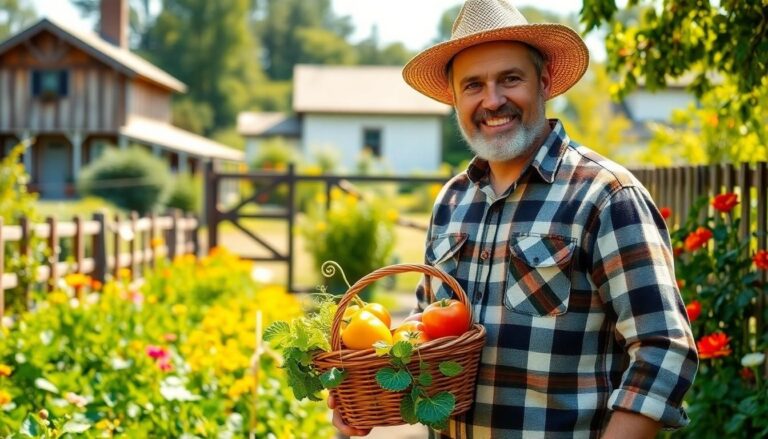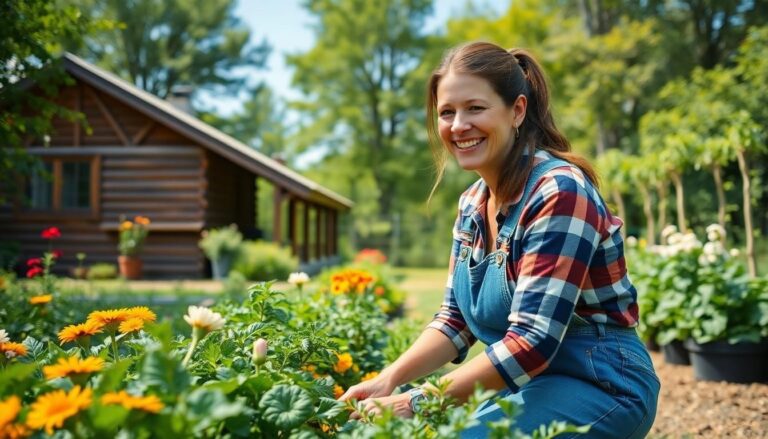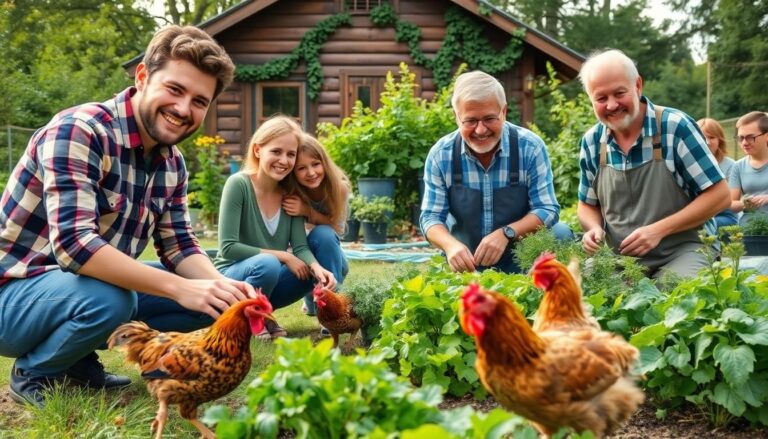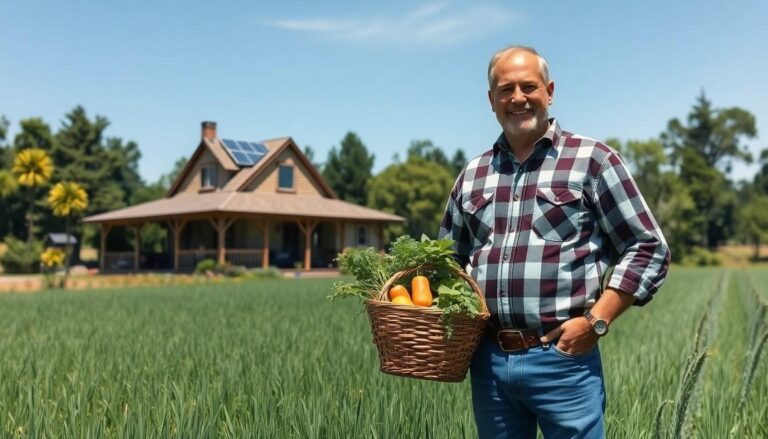In the vast expanse of Texas, where the stars shine brighter and the BBQ is always sizzling, homesteading is more than a trend—it’s a way of life. Picture this: sprawling fields, fresh eggs from your backyard, and the sweet satisfaction of growing your own food. It’s like living in a Pinterest board, but with fewer craft fails and more cowboy boots.
Homesteading in Texas
Homesteading in Texas represents a fulfilling blend of self-sufficiency and community spirit. This lifestyle attracts individuals and families seeking a deeper connection with nature and sustainability. Texans enjoy vast landscapes that provide ample opportunities for farming, gardening, and raising livestock.
The state’s diverse climate supports various crops, from vegetables to fruits. Locally, many choose to grow organic produce, reflecting a growing emphasis on healthy eating. Significant numbers of homesteaders also raise chickens, goats, and other small animals, which contribute to a sustainable food source.
Local homesteading communities foster support networks. Groups often share resources, knowledge, and tools, enhancing the experience. Workshops and events hosted throughout Texas provide platforms for learning about permaculture, animal husbandry, and natural building techniques.
Costs associated with homesteading vary by region. Northern areas might face different challenges than southern regions, impacting land prices and agricultural practices. Furthermore, many embrace renewable energy sources. Solar panels and wind turbines are increasingly common, aligning with eco-friendly values.
Regulations regarding land use and water rights can also influence homesteading decisions. Understanding local ordinances is crucial for successful homesteading. Property owners must adhere to state regulations related to livestock and farming practices.
Overall, homesteading in Texas embodies an ethos of independence, hard work, and appreciation for nature. This lifestyle resonates with many who seek to escape urban life in favor of a more grounded, sustainable existence. Embracing the charm of the Texas landscape, homesteaders cultivate not just crops, but also a sustainable way of life.
Benefits of Homesteading
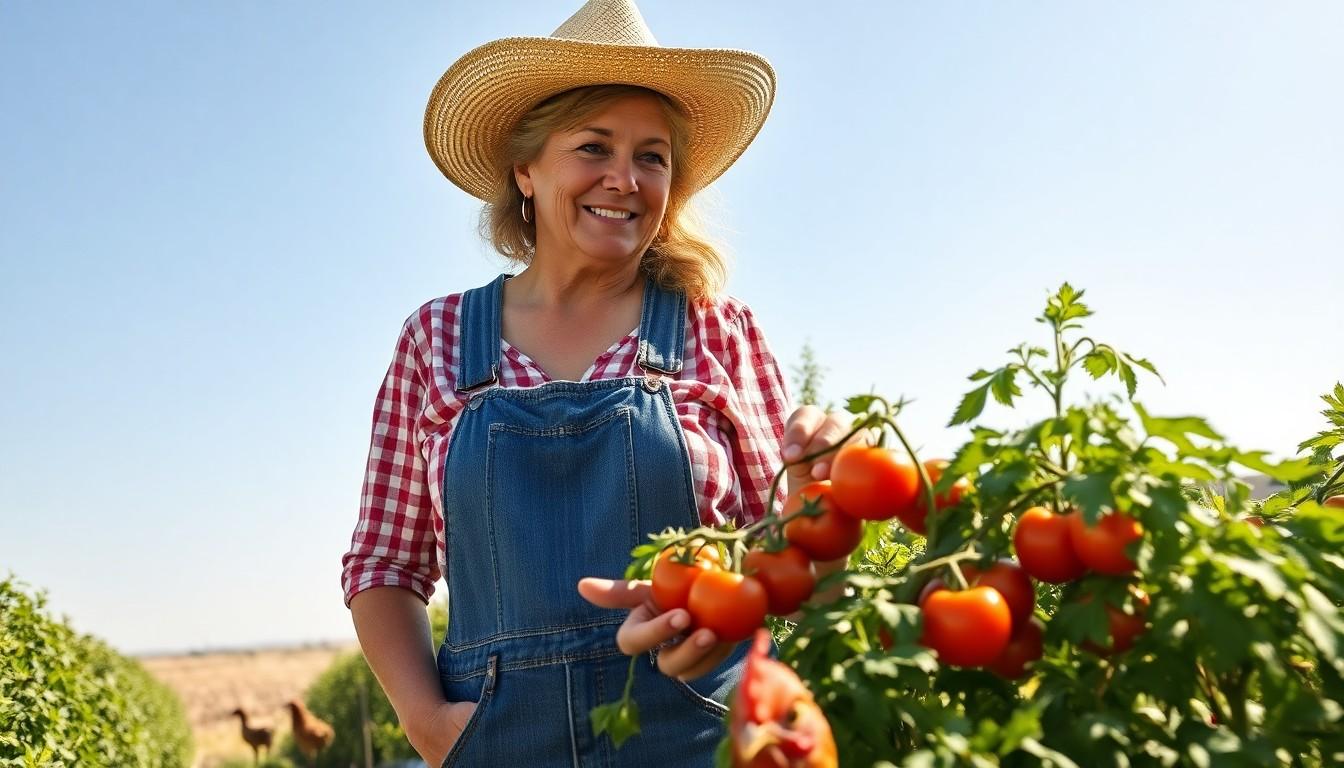
Homesteading in Texas offers numerous advantages that appeal to individuals and families alike.
Self-Sufficiency and Independence
Self-sufficiency stands at the core of homesteading. Families grow their food, raise livestock, and manage resources, cultivating autonomy. They reap the benefits of having a personal food supply, reducing reliance on commercial grocery stores. Growing organic produce not only enhances health but also cuts grocery bills. Many Texas homesteaders utilize innovative farming methods, enabling higher yields with lower environmental impact. Independence flourishes through skills like gardening, preserving food, and raising animals. This lifestyle fosters financial savings and greater self-reliance.
Connection to Nature
Connection to nature deeply enriches the homesteading experience. Spending time outdoors fosters mental clarity and well-being. Homesteaders engage with their surroundings, enjoying the beauty of Texas landscapes. Nature directly influences their daily routines, from planting seasons to animal care. Many become adept in natural farming techniques, promoting ecological balance. They appreciate seasonal changes, witnessing the vibrant life cycles in their gardens and fields. This lifestyle nurtures a bond with nature that echoes throughout their lives, deepening appreciation for the environment.
Getting Started with Homesteading
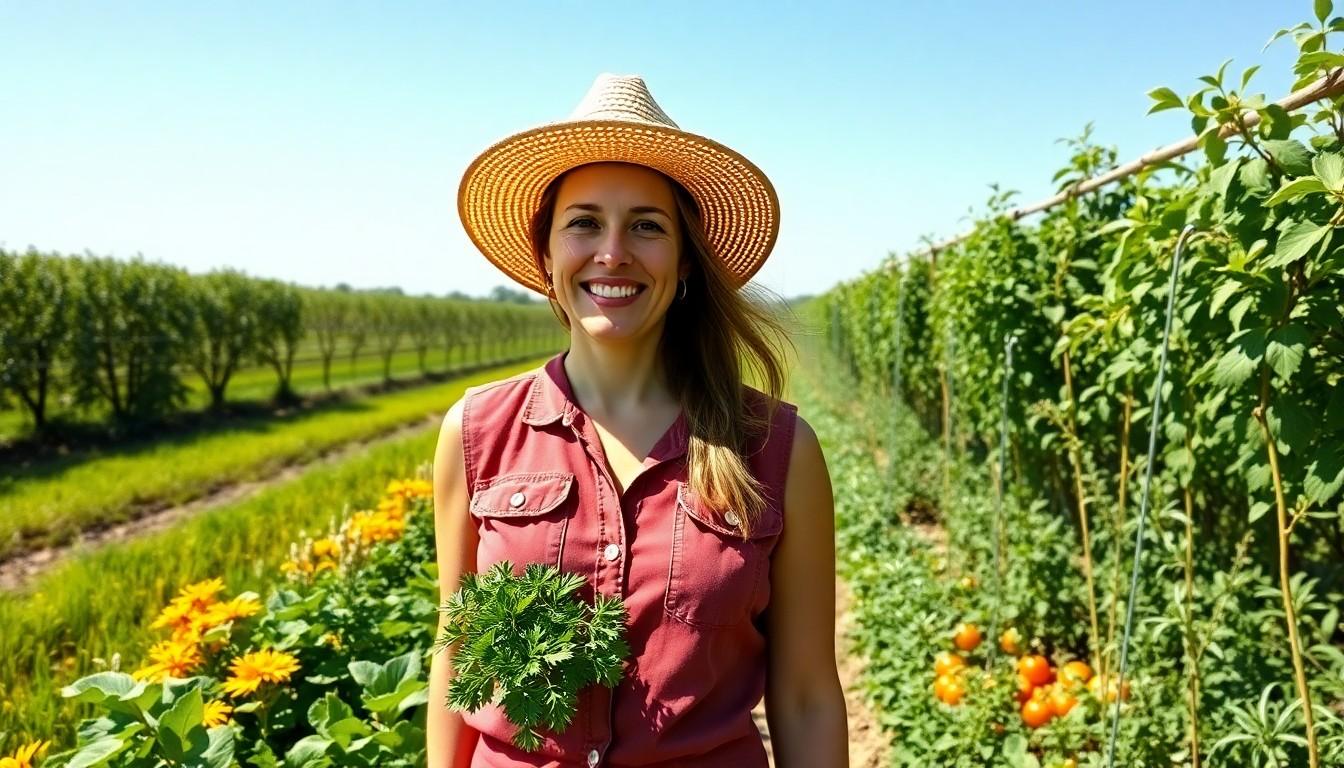
Embarking on the homesteading journey in Texas requires careful planning and consideration. Focusing on specific elements helps make this undertaking successful.
Choosing the Right Land
Selecting the ideal land is crucial for successful homesteading. Look for properties with fertile soil and reliable water sources, as these factors significantly influence crop yields. Evaluate local climate conditions, which affect growing seasons for various plants. Consider proximity to community resources and markets, allowing easier access to supplies and support. A larger parcel typically provides ample space for livestock, crops, and personal projects. Balancing affordability with suitability is vital; understanding the regional real estate trends can aid in making an informed choice.
Essential Skills for Homesteaders
Acquiring a diverse skill set is important for anyone venturing into homesteading. Gardening skills allow individuals to cultivate healthy produce while understanding seasonal planting and soil management techniques is equally vital. Knowledge of animal husbandry helps in caring for livestock, including aspects like feeding, breeding, and health management. Additionally, mastering basic construction and repair skills can assist with building and maintaining structures. Financial literacy enables effective budgeting and resource allocation, which are necessary for sustaining a homestead. Lastly, engaging in community events and workshops fosters collaboration and knowledge sharing among fellow homesteaders, enhancing overall success.
Sustainable Practices in Homesteading
Sustainable practices form the backbone of homesteading. Focusing on methods that respect the environment empowers homesteaders to thrive.
Organic Gardening Techniques
Organic gardening enhances soil health and promotes biodiversity. Utilizing compost and natural fertilizers enriches nutrients in the soil. Crop rotation prevents nutrient depletion, ensuring robust plant growth. Cover crops, such as clover or rye, improve soil structure while suppressing weeds. Mulching retains moisture and reduces the need for irrigation. Growing native plants attracts beneficial insects, supporting pollination. Techniques like companion planting maximize yield by promoting plant synergy and deterring pests. Homesteaders prioritize these practices to create thriving gardens that contribute to local ecosystems.
Livestock Management
Managing livestock sustainably includes selecting breeds suited to local conditions. Chickens provide eggs, while goats offer milk and help with brush control. Quality housing ensures animal welfare, protecting them from extreme weather. Rotational grazing promotes pasture health, preventing overgrazing and enhancing soil quality. Feeding with organic, locally sourced feed reinforces sustainable principles. Regular veterinary care and vaccinations sustain herd health, minimizing disease spread. Engaging in community support fosters knowledge sharing, helping homesteaders optimize livestock management practices. Sustainability remains a primary focus in ensuring animal well-being and productivity.
Challenges of Homesteading in Texas
Homesteaders in Texas face unique challenges that impact their pursuit of a self-sufficient lifestyle. Understanding these challenges helps prepare individuals for a successful homesteading experience.
Weather Considerations
Weather in Texas can be unpredictable, influencing crop growth and livestock care. Severe droughts frequently impact water availability, affecting irrigation and drinking supplies. On the other hand, hot summers can stress plants and animals, necessitating adaptive strategies for sustainment. Rainfall varies significantly across regions, with some areas experiencing frequent flooding. Homesteaders must familiarize themselves with local microclimates to choose appropriate crops and manage livestock effectively.
Legal and Zoning Issues
Legal regulations can present obstacles for Texas homesteaders. Zoning laws control land use and may restrict certain agricultural practices or the types of animals allowed. Additionally, property sizes can influence the viability of certain homesteading activities. Understanding local ordinances regarding land development is crucial for compliance and long-term success. Water rights regulations can also complicate access to this vital resource, requiring careful navigation to ensure sustainable practices align with legal requirements.


